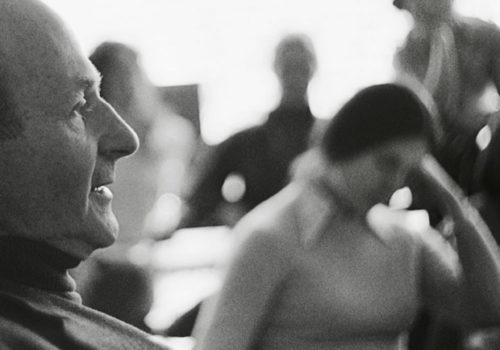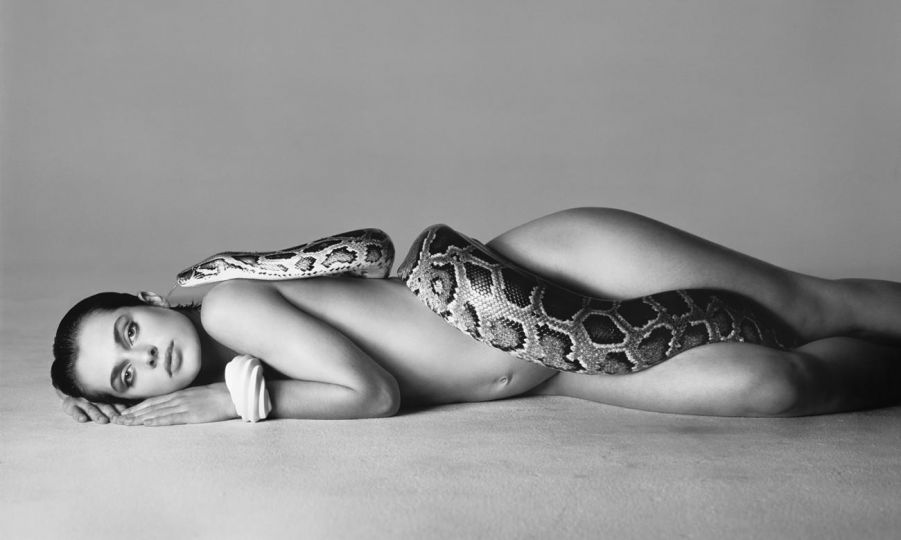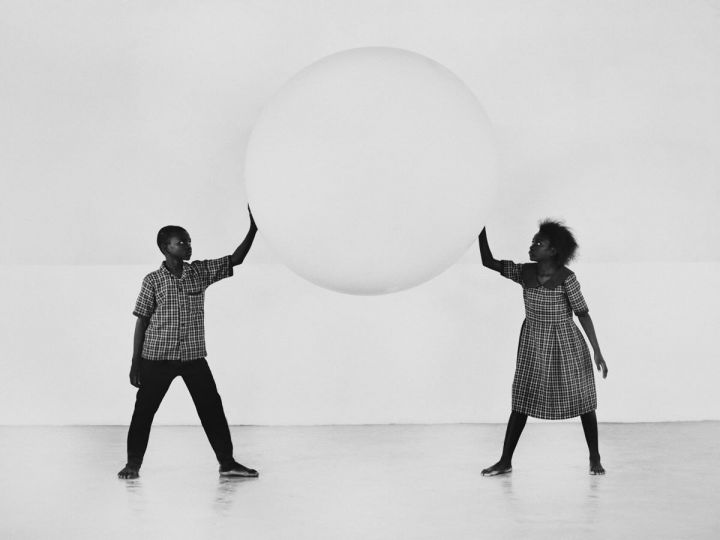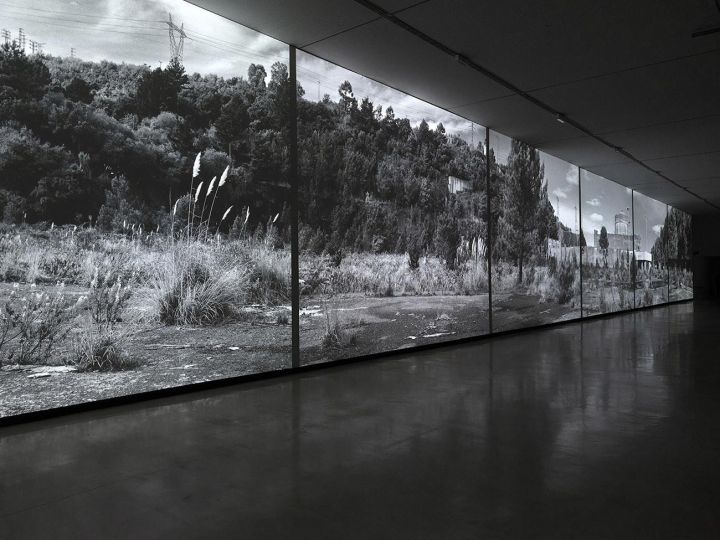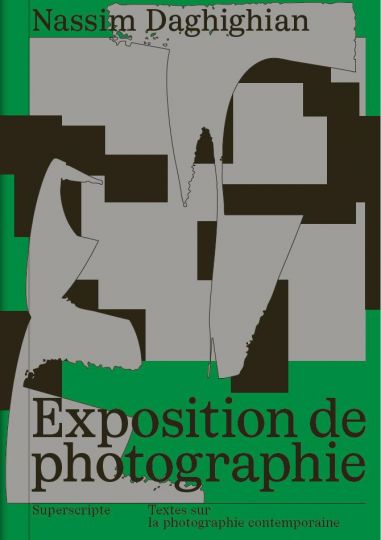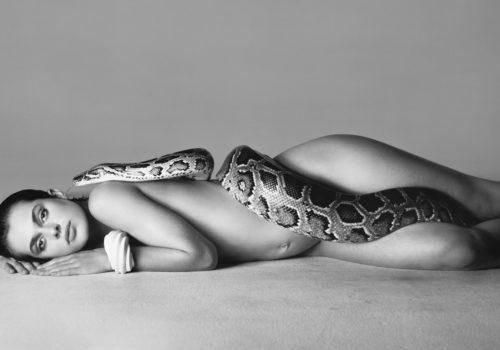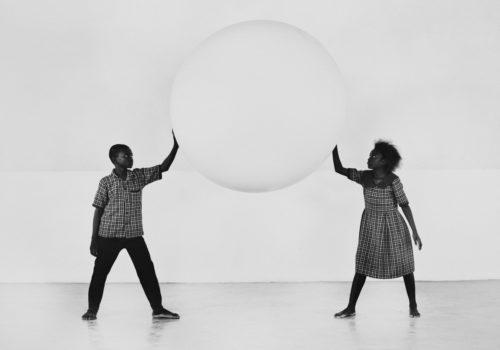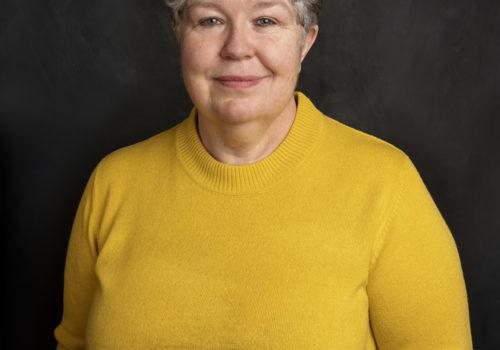Irving Penn was one of the most significant and prolific photographers of the 20th century whose signature blend of classical elegance, cool minimalism and monumentality still command our attention. He had a major impact on the world of photography as well as the world of art. Penn is one of the most comprehensive photographers of the 20th century.
Penn’s visual innovations, compositional originality and intensity, his diversity and range, his meticulous perfectionism and his technical precision and insistence on clean spare elegant compositions are his trademarks, whether producing a portrait of the most celebrated politicians, actors, musicians, artists, a fashion photograph, a still life, ethnographic studies taken from the far reaches of the world, product advertisements, discarded street detritus or even animals skulls photographed with special permission at the Narodini National Museum in Prague in 1986 for the series “Cranium Architecture.”
A remarkable sixty-year career was filled with amazing commissioned images which could not have been sustained without a relentless sense of precision and unyielding attention to details as well as a restless sense of curiosity. A poet of time as well of light he was an intuitive interpreter and insightful witness willing to reach beyond. At the heart of it all was his graceful intelligence that makes the work so enduring and moving.
His complex character never faded, his soft-voiced courtesy and humility would greet you as you walked into the ever-quiet studio. His uniform of the Issey Miyake blue work-shirt, jeans and sneakers would disarm you and render you unprepared for his wry humor and philosophical musings.
Penn’s approach from the beginning was essentially reductive – he described it as a ‘tightening process – the plastic search.’ He preferred the simple studio backdrop in order to concentrate on preserving the ‘sanctity of the document.’ In 1947, Penn was asked to make a group portrait of the twelve most photographed beauties of that era. At that session he first laid eyes on and met Lisa Fonssagrives, the Swedish born beauty – his muse. She and Penn fell in love and married in 1950. Around that time they collaborated on some of the most remarkable fashion pictures/portraits ever made. They were photographed against a neutral background that seemed radical and modern and gazing into the lens with a complicit, challenging gaze that still feels electric.
Whether it was finding the essence of a costume and attitude as in the iconic Vogue cover January 1950, or Lisa Fonssagrives’ Harlequin Dress, Vogue April 1, 1950 or “Girl with Tobacco on the Tongue,” again Vogue April 1, 1950 or Miles Davis’s hands in the air, Picasso’s eye or the exotic mouth for l’Oréal. Many of these investigations become stunningly abstract. Penn was never satisfied – always inquisitive. He gave himself assignments which were always about visual problem solving. In the 1970’s restless and disappointed with the direction the magazines were going he turned his technical wizardry to reexamine platinum printing on his own terms. He took a second look at work he had already done sometimes decades ago and reinterpreted them in platinum. He would coat the papers with platinum emulsion that added a warmth and depth to the work.
Penn’s legacy is his prodigious insatiable breadth of work blurring the worlds of commerce and fine art. He was constantly questioning the meaning of time, of life and its fragility. For me personally it was his directness, loyalty, friendship, sense of duty and his everlasting courtship and adoration of his wife, Lisa. While Lisa was alive he would look forward everyday to taking the Long Island railroad which he ironically took from Penn station, to be picked up at the Huntington station by Lisa. I always imagined that it was like they were greeting each other with their first kiss.
Diana Edkins
April 2014

